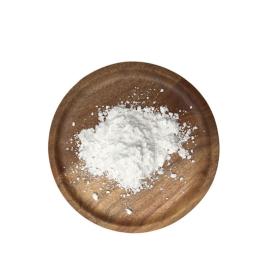-
Categories
-
Pharmaceutical Intermediates
-
Active Pharmaceutical Ingredients
-
Food Additives
- Industrial Coatings
- Agrochemicals
- Dyes and Pigments
- Surfactant
- Flavors and Fragrances
- Chemical Reagents
- Catalyst and Auxiliary
- Natural Products
- Inorganic Chemistry
-
Organic Chemistry
-
Biochemical Engineering
- Analytical Chemistry
- Cosmetic Ingredient
-
Pharmaceutical Intermediates
Promotion
ECHEMI Mall
Wholesale
Weekly Price
Exhibition
News
-
Trade Service
Prognostic markers for early cervical cancer can be used to adjust the type of surgery in patients, including lymph node stages, types of hysterectomy, and, most importantly, complementary treatment applications.
limitations of most previous studies is the lack of standardization of the two clinical treatments during the study period, particularly the method of evaluating individual markers.
to avoid these limitations, the researchers evaluated most traditional methods and a small number of clinical and pathological variables by evaluating a large number of patients in a single institutional database.
model that predicts the risk of cervical cancer recurrence (RR) can be used to adjust complementary treatment strategies after root-and-treat surgery.
study aims to compare available prognostion factors and develop a prognostion model that is easy to standardize and can be used in conventional clinical practice.
Study FlowChart This study assessed all patients by collecting early-stage cervical cancer who had underwent initial surgical treatment at a single referral center (01/2007-12/2016) and evaluated through standardized preoperative imaging and pathological examination methods.
researchers evaluated 15 prognostic indicators in 379 patients, 320 of which showed negative lymph nodes (LN).
results show that the optimal predictive model for the entire queue needs to be combined with the tumor-free distance (TFD) ≤3.5 mm and LN-positive subgroups, and when the two subgroups are separated, the patient's RR is significantly different, at 36% and 6.5%, respectively.
in LN-negative patients, a combination analysis of TFD≤3.5mm patients and adenocarcinoma isolated 9 patients with RR of 33% from those with the remaining RR of 6%.
assessment of tumor-free distance (TFD), the results show that the newly established prognostion indicator TFD exceeds all traditional tumor-related markers in the RR assessment.
can be used in combination with predictive models of TFD, LN conditions or tumor types or in subsequent daily practice to help identify patients at higher RR risk.
。







